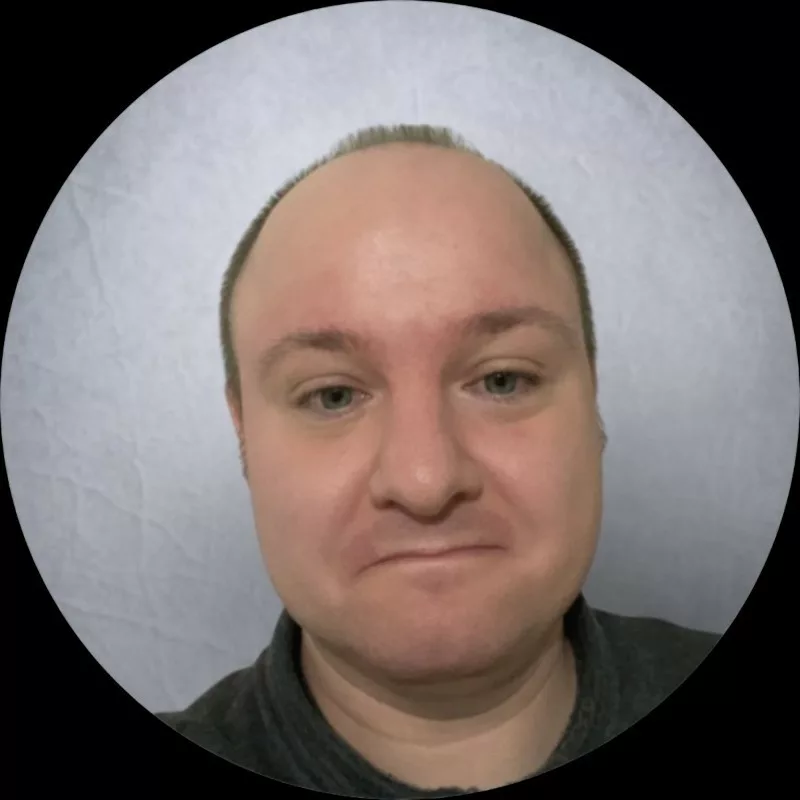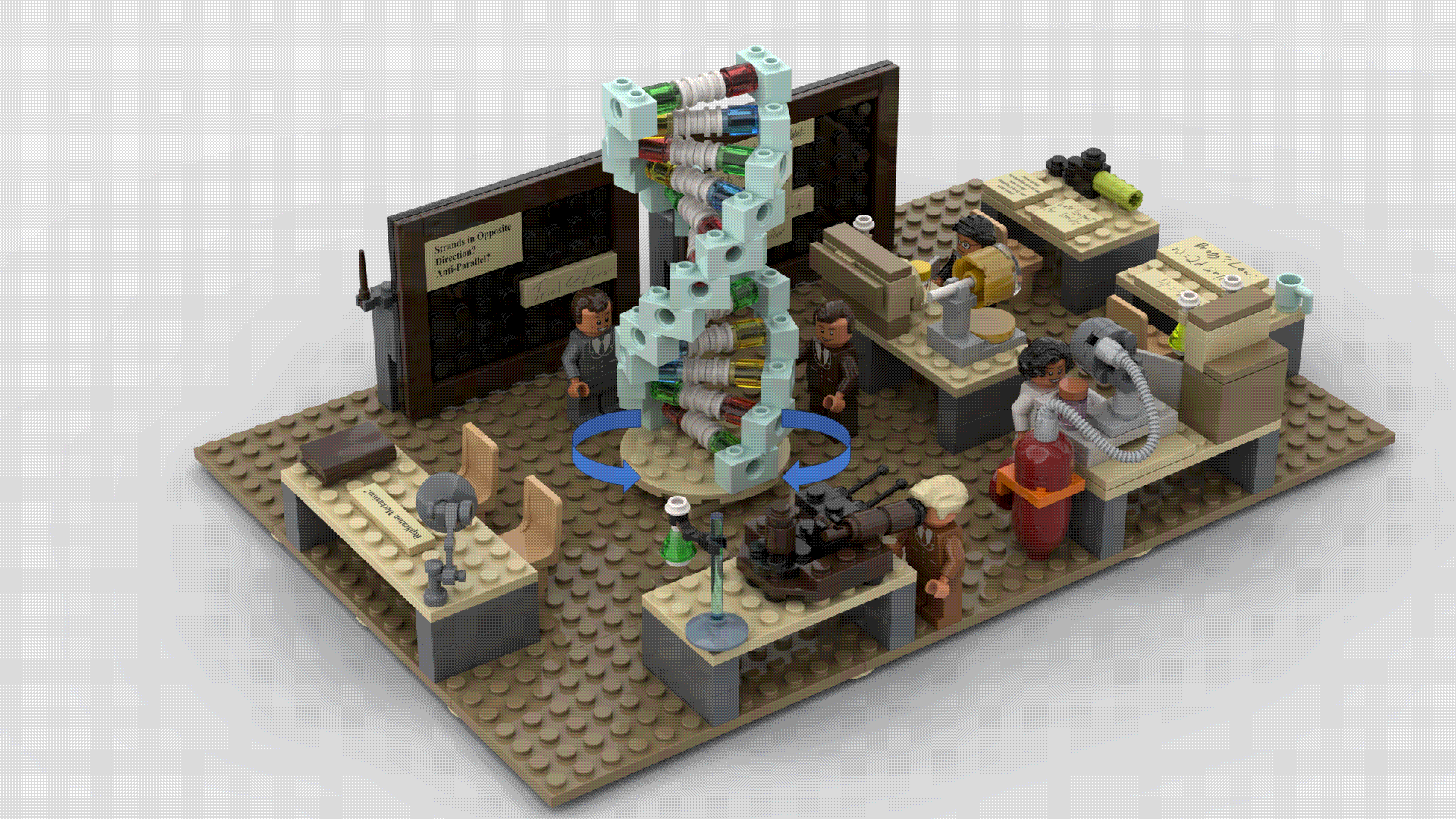LinkedIn has become a hub of networking for business professionals. More and more, people in business use the network to connect with other professionals and build connections for their careers. The key to a successful LinkedIn networking strategy, in turn, lies in posting strong social media content and having a regular presence on the platform.
Today, I am delighted to share an interview I did with Sebastien Simoncelli, founder of Mywebtechcare. With his extensive marketing experience in the biotech ecosystem, Sebastien is the perfect person to speak about the struggles facing biotech companies with their marketing efforts. Sebastien is also an expert in LinkedIn marketing, as his strong presence on LinkedIn shows. Read on to see how Sebastien harnesses his strengths in marketing to help biotech companies advance their products for the life sciences and biomedical industries.

The Interview
PN: Let’s start with what you love most: marketing. What made you so passionate about marketing, particularly through LinkedIn?
SS: For a long time, I held a negative view of marketing and business in general. I held a deep disdain for the apparatus until I read This is Marketing by Seth Godin. Two quotes in particular resonated with me as I read through the book:
👉🏻 Marketing is the generous act of helping someone solve a problem. Their problem.
👉🏻 Marketing is one of our greatest calling. It’s the work of positive change.
Both these quotes defined me so well. Marketing wasn’t just a way for me to extract value from potential customers. Importantly, I wasn’t trying to leech from a person’s value for my gain. I wanted to help people. I wanted to make a positive change and inspire people to address their problems and challenges. They were values that defined me well.
Now, why did I pick LinkedIn? There’s a simple explanation for that. LinkedIn is THE professional social network where biotech leaders are present. It is the only platform where you can reach them discretely. Even if they are discreet on this social network, they look for what happens in the biotechnology ecosystem through LinkedIn. Moreover, LinkedIn is a proven lead generator for many fields. Although the biotech ecosystem is not fully comfortable using it, more and more people are starting to be active on the network.
PN: I too am seeing LinkedIn emerge as a key platform for biotech founders, so I resonate with you there. That said, do you have plans to expand your expertise beyond LinkedIn?
SS: Right now, I will continue to place my focus on LinkedIn since I still have a lot of personal branding to do there. A personal brand is an essential step for building trust and sounding less corporate to the people I interact with. That takes time to build. Many scientists and CEOs also want to be leaders in their field, but neglect LinkedIn’s extensive network in the process. That’s why I’m staying on LinkedIn: to help them gain a reputation as thought leaders and subject matter experts on LinkedIn.
Aside from LinkedIn, I’m also using cold emails. Even though LinkedIn connects professionals with each other, people often stay on the network for a limited amount of time. In that time frame, the flood of requests to connect can overwhelm managers. That’s why expanding to other acquisition channels is important for generating more leads.
PN: Your time on LinkedIn has helped you stand out. But in your words, what distinguishes you from other digital marketers?
SS: I may not have a degree in digital marketing, but I have extensive experience in digital marketing by learning from experts in distinct fields. From them, I learned copywriting, social selling, personal branding, and communication, all through LinkedIn. I also studied and tested methods that have already given results in other fields such as finance, ecology, and business. I found that I could also implement many of the techniques I used in those fields to help biotech companies. Combined with my deep familiarity with the biotech ecosystem and entrepreneurship, I provide a strong mix of expertise and experience to help my clients succeed when they market through LinkedIn.
PN: Let’s hear more about your expertise with LinkedIn. What are some factors that affect the effectiveness of a LinkedIn marketing campaign?
SS: I bring up the three pillars of LinkedIn marketing whenever someone asks me this question. Erecting these pillars will best help marketers meet marketing objectives and adapt to the audiences that they want to reach.
📌 Marketers must first master the profile page. Most often, a person gets their first impressions of a marketer through their profile page. The profile page must be clear about what the marketer’s company has done, for whom they serve, and what results they have achieved.
📌 The content that comes out of the profile page provides visibility. The best LinkedIn content builds trust and attracts potential customers to the marketer’s brand. Any marketer must establish a strong editorial line and branding through their content. Only by mastering their content will a marketer grow their brand.
📌 Finally, marketers must be actively engaging with their audiences on LinkedIn. LinkedIn comments grab our audience’s attention and provide marketers with opportunities to connect with life science influencers. When marketers connect with influencers, they can further extend their brand’s reach and begin profitable relationships through messages.
PN: It’s all well and good to have these pillars ready, but if the pillars are prepared incorrectly, it would also hamper a company’s brand. What are some strategies that LinkedIn marketers can use to best enhance their brand?
SS: Beginning a LinkedIn marketing strategy may require a lot of effort, but it doesn’t have to be difficult. That said, marketers should consider executing the following strategies when promoting their company’s products:
📌 First of all, a marketer’s LinkedIn content should focus on the customer, not the products. Customers have problems that they need help with. They need someone who understands their problems and can provide the best solutions for them. If a marketer shows them that their products can help solve their problems, the more they will attract customers to their products. The key to doing that is to help any potential customers feel understood.
📌 After tailoring the content to their customers, marketers must stick to a daily posting routine. Marketers must spend time throughout the week to comment, post, and connect with the right people, from influencers to potential customers. In the process, marketers must seek to create genuine relationships with their audiences and spend time with them to fully understand their needs.
📌 LinkedIn marketing isn’t just about creating content and sending connection requests. Marketers seeking to connect with potential customers must take the time to comment on their posts. They should be visible to them so that an existing relationship will already exist by the time a connection request is made. Once a marketer is ready to connect, they should write a concise message on why they want to make the connection. Such a message allows marketers to show interest in potential customers and their problems.
In all these points, one fact should resound: avoid being a seller and instead be a guide.
PN: A few months ago, we heard about changes to LinkedIn’s algorithm. How do you anticipate these changes affecting a company’s LinkedIn marketing?
SS: LinkedIn rarely communicates on subjects like these, which makes anticipating changes to the algorithm difficult. This also makes adapting to these changes challenging. Even so, there are certain things that marketers can do whenever LinkedIn changes their algorithms:
📌 Marketers can first test different kinds of content for themselves and see the results. Doing so may take more time, but testing, learning, and adjusting form the basis of any marketing campaign.
📌 Marketers should also follow people specializing in LinkedIn marketing. I recommend Richard van der Blom and Just Connecting. Both post a reliable annual algorithm report based on the tests they conducted. Throughout the year, both pages also delve into maximizing marketing presence on LinkedIn with regular LinkedIn posts.
PN: Let’s end this interview with a brief look into website marketing. How can a biotech company make themselves appear at the top of online web searches?
SS: Websites located at the top of online searches get almost 75% of total organic traffic for any given keyword. Biotech companies seeking to top online search lists must first build the three pillars of search engine optimization (SEO):
💡 The content pillar determines the quality of any web page. They represent the foundations on which a company’s website is built. Content creators and marketers should aim to produce pleasant and valuable content that is tailored to their target audiences and that relates to their content pillar. This will draw more customers to your site and keep them on your site for longer. The longer potential customers stay on a website, the more Google will value it.
💡 The popularity pillar helps a company’s customers click on links directed to your website. Not only do marketers have to be on the top for their content, but they must also be on the top for other keywords. Doing so increases the number of link providers that produce links to the website. If customers come from trusted websites for Google, that increases the company’s brand and reputation.
💡 The technical pillar concerns all actions that search engines such as Google take to ensure that their search results lead to a healthy, secure, easy-to-access, and structured website. Companies should strive to make sure that all their links work, that they are easy to access, and that they load quickly enough. Optimizing the website’s performance will simplify the work Google needs to find the site.
For the marketers, I advise that you ask for professional help! Becoming skilled with these pillars takes time. Receiving help from a consultant or an experienced marketer will help companies go a long way to establishing and growing their social media and web presence.
Author
-

Paul Naphtali is a seasoned online marketing consultant. He brings to the table three years of online marketing and copywriting experience within the life sciences industry. His MSc and PhD experience also provides him with the acumen to understand complex literature and translate it to any audience. This way, he can fulfill his passion for sharing the beauty of biomedical research and inspiring action from his readers.
View all posts



